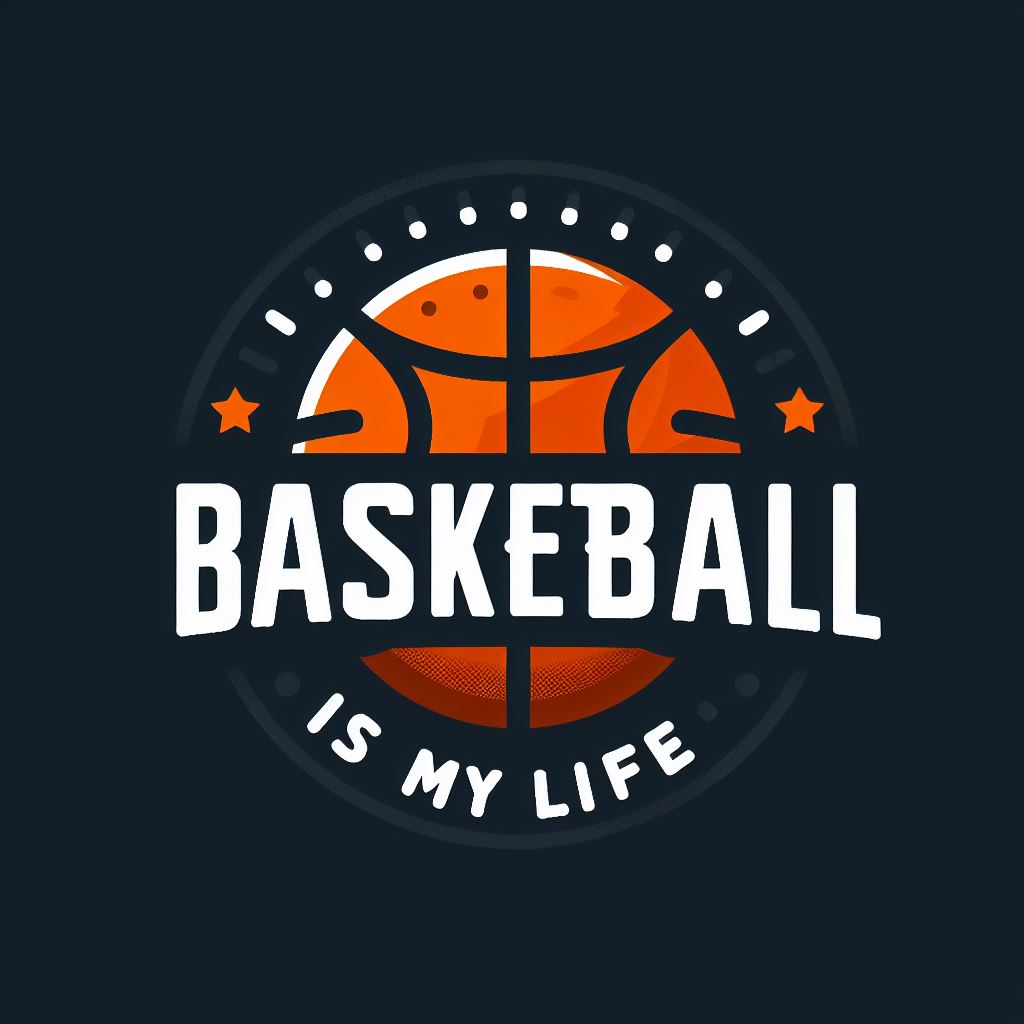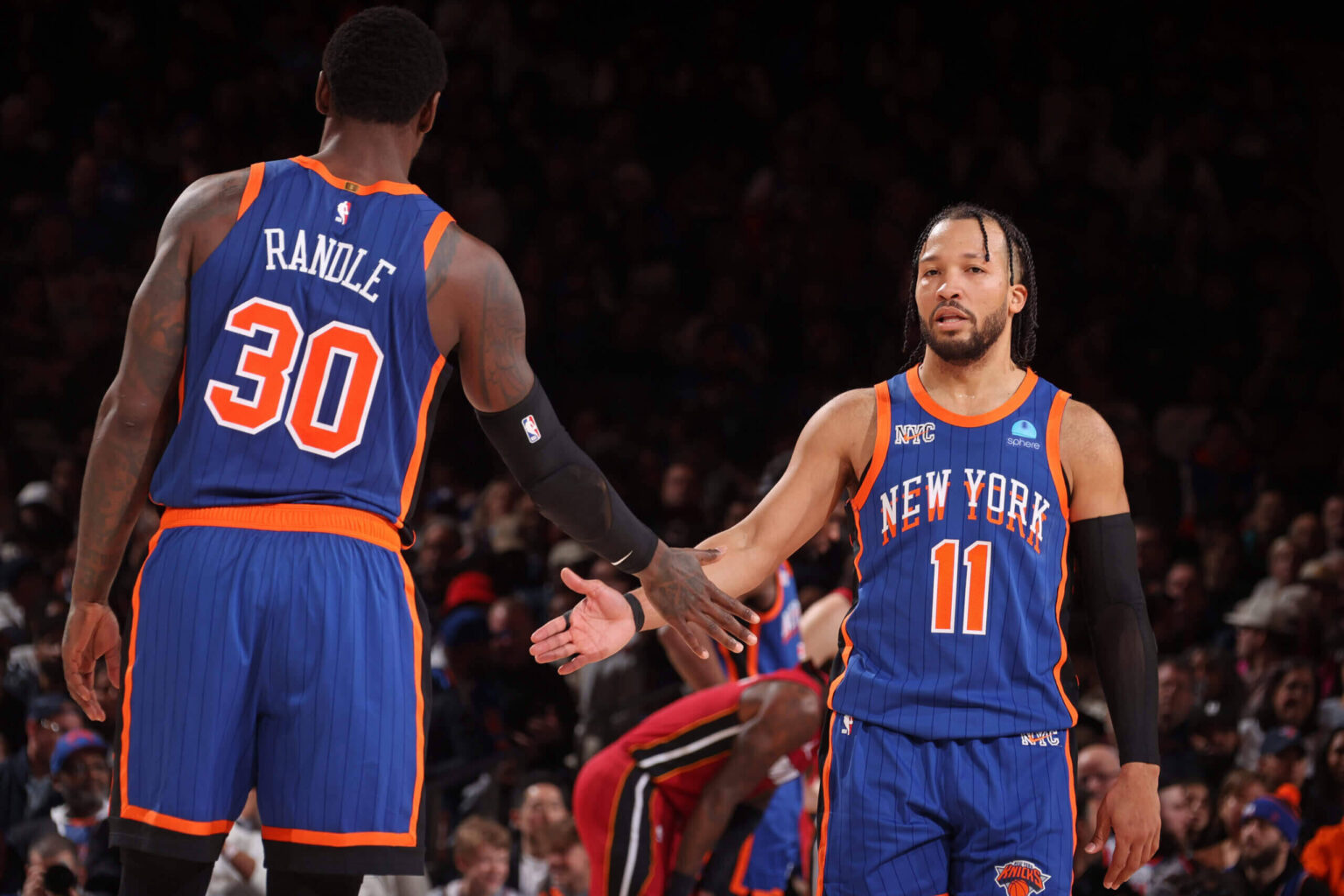The questions keep coming.
Who is the The New York Knicks Real #2 option? How will this season’s rotation work? How do rival front offices evaluate Julius Randle?
You asked, I have answers.
The first part of this letter was published last week. Here is part 2:
(Questions have been edited for brevity and clarity.)
Outside of Jalen BrunsonWho is the key Knicks player on a team that can take over in the fourth quarter and win a Game 7? I hesitate to say Randle, but I can’t point to anyone else. I’m not convinced the roster as it’s currently constructed has a true Robin in place of Brunson’s Batman. To me, it’s more about a shared community, not a dominant No. 2. — Pierre G.
Prepare to have Robin in committee—and I’m not sure there’s anything wrong with that.
If all goes well for the Knicks, Randle will be the team’s second option. He’ll be the second-leading scorer and will try to lead the team in assists. But if we’re talking about late-game takeovers, whoever takes control (if it’s not Brunson) should do so less because of a hierarchy and more because of how a defense defends the Knicks.
Brunson will be in the mix, as he has in years past. But some nights, he might not be healthy. Other times, he might run around the court with fire on his back, hot enough that defenses lean toward him every possession to get the ball out of his hands. On those nights, the Knicks might need another perimeter player to get the offense going. That might be Mikal Bridges’ opportunity to shine. Other times, if a defense blitzes Brunson in pick-and-rolls, sending two defenders his way when a teammate sets a screen, it might be Randle’s turn.
Randle could well play this role Isaiah Hartenstein He played very efficiently last season, picking off passes from Brunson and getting downfield with three teammates and only three defenders in front of him. That’s a plus for the Knicks. If Randle plays center, that means Mitchell Robinson isn’t there to clog up the middle, a play like this becomes even more dangerous than one with Hartenstein, given Randle’s All-Star ball skills and the top-notch shooters that could surround him.
Brunson could also turn to pick-and-pops with smaller players in those moments. He can create three-pointers for Bridges or Donte DiVincenzo.
The Knicks could lean on whoever is in better shape. If Randle has 35 points, he should get the ball more often late in games than if he’s 4 of 17 from the field. If a defense doubles Randle in the post, opening up the rest of the offense, the Knicks could give him the rock down low so he can spin it around the perimeter for open three-pointers — or maybe so he can manhandle defenders in the paint.
How the Knicks operate late in the game will depend on the matchup, the situation and the opponent … except for one element of their late-game offense: Crucial time will belong to Brunson.
How do minutes work between the three positions for Randle, OG Anunoby, Bridges, Josh Hart and DiVincenzo? —Brian J.
To determine the playing time of five players, we must do it for the entire rotation.
There are 240 minutes left to play. We give Brunson 35 of those, all at point guard. Miles “Deuce” McBride will get the 13 minutes behind him.
We’re going to give Randle 34 minutes, but since it’s August 20 and the normally boring offseason could use a little more spice, let’s dare say 26 of those minutes are at power forward and eight more at center. Yes, we’re predicting four minutes in each half where Randle plays center. Robinson (25 minutes) and Precious Achiuwa (15 minutes) will absorb the remaining time of the five.
From there, there’s no point in distinguishing between the two, three and four. Anunoby will play a similar role no matter what forward position he plays — though the Knicks could use him to guard the centers during the eight minutes when there aren’t any conventional fives on the court. But let’s move on to the wings: Bridges, Anunoby, Hart and DiVincenzo.
Anunoby gets 34 minutes. So does Bridges, who the Knicks shifted so he could play alongside McBride in reserve minutes, allowing the Knicks’ newcomer to lead the second unit. And to be fair, DiVincenzo and Hart both get 25 minutes. If DiVincenzo is healthy from 3-point range, he can play more. If the Knicks need more rebounds or an extra defender, they could turn to Hart.
So what does this exercise tell us? That it is difficult to find minutes for DiVincenzo and Hart, arguably the NBAHart’s best duo off the bench, without Randle playing center for a good portion of each game. If Robinson were to play, say, 28 minutes with Achiuwa playing 20 minutes at center, Hart and DiVincenzo would have just 42 minutes to split between the two of them.
Is that enough for two players who couldn’t get off the field for a team that was just one win away from the conference finals a few months ago?
Ultimately, the Knicks are using too many good players. How awful! And that’s another reason why the perceived hole at backup center may not be as big as it first appears. Bring in a center who deserves 20 minutes behind Robinson, and Hart or DiVincenzo could be the collateral damage.
Injuries, foul trouble and general NBA season events will give these players more playing time as the year goes on. But what’s clear from this exercise is that the Knicks have a much different vibe than they did during their shorthanded playoff run last spring. Players will have to make sacrifices.
Based on your reporting and knowledge of the NBA, what is Randle’s trade value right now before a potential contract extension? Either in terms of player compensation, or in terms of matching salary plus draft pick compensation, or in terms of a mix of both. (For what it’s worth, I’m not in favor of trading Randle. — George G.
That’s what makes discussing a Randle trade so difficult: I don’t think there’s a team in the NBA that would value the three-time All-Star more than the Knicks.
I texted this question to someone who works in a rival team’s office and got the response I expected: “Neutral, at best,” the person said.
Randle’s contract is fair. He makes $28.9 million this season and can become a free agent next summer. But the fear of having to pay him, especially when his skills make him such a specific candidate, makes it hard to find suitors willing to give up any package that would be worth it to the Knicks.
As I’ve already reported, there’s no indication that the Knicks are trying to trade Randle, which means it’s hard to get a clear picture of his market. So, to break this down further, let’s travel to New Orleans, where the Pelicans are faced with a similar situation in real life.
Pelicans receive offers for All-Star winger Brandon Ingramwho is three years younger than Randle, was an All-Star and averaged over 20 points for five straight seasons. But after several months of offseason, they failed to find viable suitors.
Ingram, a 6-foot-10 wing, is a free agent after this season and is hoping for a significant raise next summer. He’s also a natural fit, even if he’s stylistically different from Randle. He doesn’t shoot enough three-pointers to threaten defenses while moving away from the ball. He’s better with the ball in his hands and is an underrated passer (few players have the size and vision to throw cross-country passes the way he does), but his presence doesn’t guarantee a high-pressure offense.
Teams are worried about what will happen when Ingram’s contract expires. Will they want to pay $40 million a year for him? Or maybe more? He’s making $36 million this season. So there hasn’t been much action on him, even though New Orleans has made it clear to the rest of the league that it’s willing to make a deal.
The Pelicans won 49 games last season and aren’t looking to get worse, just as the Knicks wouldn’t trade Randle to weaken this season’s roster. New Orleans also understands that bringing back Ingram for the same price, which is not what Ingram is looking for, would mean paying nearly $140 million just for an inexperienced foursome that includes Ingram, Zion Williamson, CJ McCollum And Dejounte Murray.
The Pels are in a bind, as I think the Knicks would be if they decided to part ways with Randle.
But all that is beside the point. The Knicks are keeping Randle for now, and he enters the upcoming season with a strong argument as the team’s most important player.
I just saw the video of Precious Achiuwa in Zambia walking two lions by the tail. The first thing I thought: this is awesome. The second thing I thought: how come there is no contractual clause against this? — Stuart F.
Reception desks take note.
Please add a lion clause.
A chance Tyler Kolek Will he see the rotation this season? It might be beneficial to play him a few minutes earlier, even if he’s not quite ready yet. —Adam F.
If Kolek is in the rotation, it’s because he took a spot from someone else, not because the Knicks gave him one.
This team does not plan to include any rookies in its rotation during the season. Emmanuel Quickleywho was a regular starter in his first NBA season, wasn’t expected to play much when the Knicks signed him. But Quickley proved himself during training camp and the preseason, head coach Tom Thibodeau was impressed, and the cocky young guard earned what was once Austin Rivers’ roster spot.
Kolek could do the same thing — although the slope is steeper for him than for Quickley.
He’ll have to prove he can stay in front of NBA point guards, something he struggled to do in Summer League, where he also proved to be one of Las Vegas’ best passers. This isn’t the same team Quickley had to contend with, either.
Brunson is at the top of the mountain. McBride was not only an outstanding contributor last season; he is also still young and the same age (23) as Kolek. Cameron Payne is a veteran who is one of the most capable third-line point guards in the league. The Knicks won’t sign him if they plan to throw Kolek in the deep end.
I imagine Kolek will sit on the end of the bench for most of this season. He will eventually get his chance. Thibodeau is a big fan and lobbied for the Knicks to draft him. But as with McBride, who the Knicks drafted in the second round a few years ago before he finally became a starter in 2024, that chance may not come for a while.
(Photo by Julius Randle and Jalen Brunson: Nathaniel S. Butler/NBAE via Getty Images)

